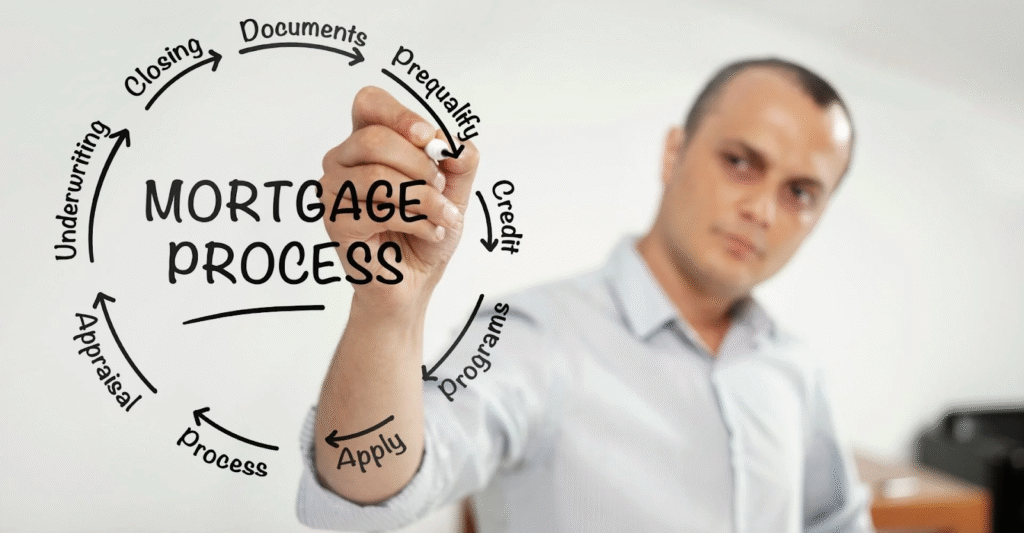One upside to nearly two years of hunkering down in our homes is that we’ve all been paying more attention to them, creating spaces and adding beauty, serenity and cheerfulness to our décor.
Though big trends in interior design enter slowly and stick around a while — think the moody gray palette launched by RH at least two decades ago — we’re seeing a lot of interest in many new things.
Houston interior designers Linda Eyles of Linda Eyles Design, Pamela O’Brien of Pamela Hope Designs and Mary Patton of Mary Patton Design took time recently to talk about design elements that will be strong for 2022.

Black accents and deep, rich colors are on trend for 2022, as shown in this home bar — another major trend — designed by Houston interior designer Linda Eyles of Linda Eyles Design.
Julie Soefer1. Black as an accent
Nickel, chrome, brass, antique bronze and matte black have been equally loved in lighting, plumbing fixtures or cabinet hardware (and often used in interesting combinations). But expect to see more black in otherwise white kitchens or bathrooms to add contrast to the plain palette.
“If you have an all-white bathroom and you put in black faucet and controls in the shower, faucets on sink and black lighting and hardware, then you have all of these little black dots around the room,” O’Brien said. “Black works best as an accent in a few areas. Maybe use it in the hardware and sconces, but then use chrome or polished nickel for the plumbing. Adding black and warm tones is a reaction to the starkness of the cool tones and grays … we want warmth back.”

GE was a little ahead of its time for its 2019 Kitchen and Bath trade show in Las Vegas, creating emerald green cabinets for a vignette featuring its higher-end GE Cafe line of ranges and range hoods. More colorful rooms — especially in green — will be a big trend for 2022.
GE2. Green’s big moment
Green was picked as a Color of the Year for 2022 by Sherwin-Williams, Benjamin Moore, Glidden, PPG and Behr. From pale seaglass to midtone sage or deep olive or moss green, expect to see nature’s favorite hue in all its glory in the coming year.
O’Brien remembers a Kitchen & Bath International Show in Las Vegas in 2019, when GE painted a display’s cabinets emerald green. Seemingly every passerby snapped a picture of it and every blogger who saw it wrote a post about it, she said.
“Color is happier and more alive, and it’s time for that. It’s time to be more playful and absolutely to celebrate coming out of these last few years,” Eyles said. “We’ll still see some of the nature-inspired tones, but I think it’s going to be punched up more and with more unusual pairings.”
Patton said she’s using green for the first time in the midcentury modern home she and her husband have been renovating in Old Braeswood.
“I’ve never had a green room before. Never in my life have I wanted a green room or even thought about it,” Patton said, noting she used Farrow & Ball’s “Vert de Terre” on the walls and green print bedding from Biscuit home goods store. “There’s definite a shift away from blue and to green.”
If you can’t bring yourself to buy a green rug, sofa or chair, try adding green accessories, such as a vase, pillows or a plant. You can’t go wrong with a fiddle-leaf fig tree. Snake plants are also good choices, though people with pets ought to stay away from them, as they can be toxic to cats and dogs.

Maximalism — a design style that believes “more” is “more interesting” — is gaining in popularity for 2022, says Houston interior designer Linda Eyles of Linda Eyles Design.
Julie Soefer3. Maximalism — to a degree
Along with green, expect to see rich shades of a range of colors — deep grays, purples, turquoise and teal may stick around a while, too. Designers have been using pretty tape trims on draperies for the past few years, but bullion — gold, rope-y fringe — and tassels are making a comeback, Eyles said. It won’t be a full-on ’80s flashback, but it will feel a bit like it.
In the same vein, combining patterns and colors in a room — or, say, in a combination of pillows on a sofa or bed — will be popular.
O’Brien offered a simple lesson: Pick a unifying color and then find fabric in a solid, especially one with texture, such as velvet. Then find two or three more with that same color in different sized patterns, floral, geometric or anything else. She used a sports metaphor for the size ratio: one with a pattern the size of a volleyball, a second with a pattern the size of a softball or baseball and, possibly, a third the size of a golf ball or marble. That unifying color and variation of scale are key.
4. Colorful stone slabs
Waning enthusiasm for all-white kitchens means more interesting choices are being made with stone slabs, either natural or man-made. Designers and their clients might want a slab with a white or lighter background, but they’re opting for those with more dynamic veining, even veining with color.
Patton said she’s working with three clients building new homes. One chose marble with a white background and thick veins of maroon and red, another with a black background and brown tiger stripes and the third picked stone that looks like “blue cheese.”

Houston interior designer Linda Eyles talks about design trends for 2022.
Julie Soefer5. Wallpaper
This continuing trend will delivery large-scale patterns and luxurious textures. It’s hard to find a powder bathroom without wallpaper — smaller spaces where we can go a little wild — these days. Dining rooms and foyers are other popular spots. Murals — in wallpaper or hand painted by artists — are other great options for dining rooms.

Curved or rounded furniture and bold colors will be a popular trend in homes in 2022, says Houston interior designer Pamela O’Brien of Pamela Hope Designs. In this home, a rounded swivel chair sits in front of a bookcase painted bright teal.
Julie Soefer6. Soft, curvy furniture
The sinuous sofa designs created by Vladimir Kagan and other iconic midcentury furniture designers have been copied ever since. Increased popularity of vintage pieces, as well as contemporary and modern design, means more curvy furniture — sofas, chairs and case pieces, too — will be found in furniture showrooms and our homes.

Antiques and brown furniture — used sparingly in rooms — are back in style. Here’s an example, from Houston interior designer Mary Patton of Mary Patton Designs.
Molly Culver Photography7. Antiques and vintage finds
Antiques and vintage pieces are popular right now for a few reasons.
First, the classic shapes have never really gone out of style, and their brown wood will instantly warm up a room. You can often find great pieces at reasonable prices, too. And supply-chain issues won’t leave you wondering if or when a new buffet, console or table will ever arrive.
Many consumers concerned about the carbon footprint of purchasing a home full of furniture, also see relief in keeping older pieces out of landfills. They can always be refinished, painted or reupholstered.
In addition to their practical side, they also add personality and style to a room. Just don’t overdo it — you don’t want a whole room full a brown furniture.

Houston interior designer Linda Eyles talks about design trends for 2022.
Julie Soefer8. Multi-use spaces
In March 2020, we were caught off guard, suddenly finding ourselves with no real place to work or help our children get schoolwork done. We’ve since developed new ideas about how to live and work.
If our bosses once balked at the idea of productive work from home, they now understand that it can be done. A home office — or two — has become a necessity. Having a flex room used to mean a potential playroom for kids or craft room for mom. Now, it can mean anything.
Entertaining in smaller groups means we’re turning unused rooms into cocktail lounges — maybe a cozy sun porch or that dining room you never use — unless we already converted them into new home offices. In new home construction, a little extra square footage may help you live and entertain on a whole new level.




More Stories
Villa House Design Ideas That Feel Like a Getaway
Futuristic House Design Concepts That Wow
Traditional House Design Ideas That Stand the Test of Time